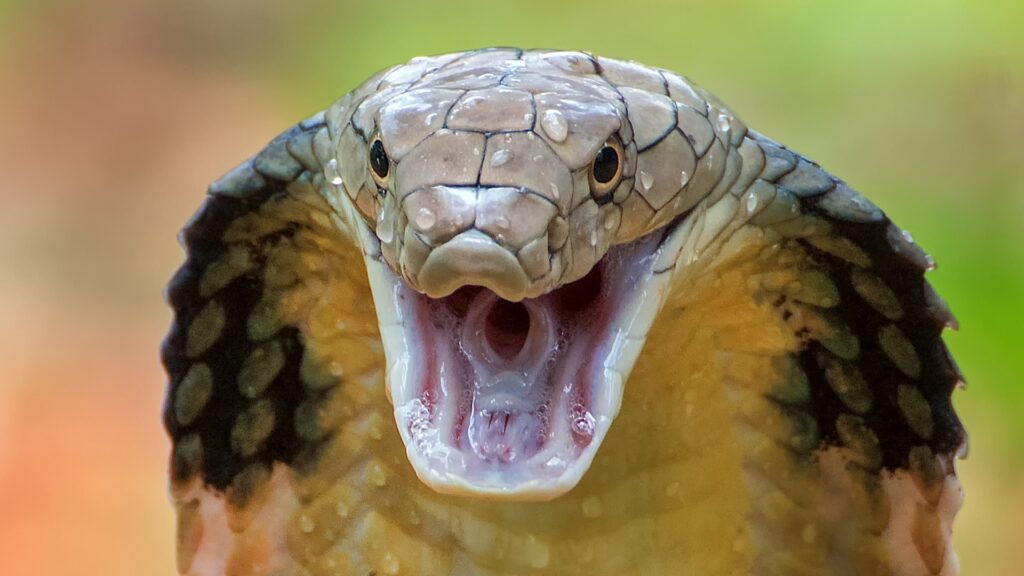
For the first time in 188 years, scientists have successfully cracked a mystery surrounding the elusive King Cobra, a species that has fascinated both researchers and enthusiasts alike. This monumental breakthrough, spearheaded by renowned biologist Gowri Shankar, sheds light on the longstanding puzzle of the King Cobra’s genetic diversity and evolutionary origins. Known for its impressive size, remarkable venom, and distinctive hood, the King Cobra’s biological lineage has been a subject of debate since its first recorded discovery. With this breakthrough, Shankar and his team have provided conclusive evidence regarding the King Cobra’s diverse species and genetic makeup, explaining the variations found across its native range.
Gowri Shankar’s Groundbreaking Work

The credit for this discovery goes to Dr. Gowri Shankar, a leading biologist and herpetologist known for his extensive research on venomous reptiles. Over the years, Shankar has dedicated his career to studying the King Cobra, seeking to understand its evolutionary history and the genetic differences that distinguish it from other cobra species. His work involved conducting an in-depth analysis of the King Cobra’s mitochondrial DNA, focusing on its genetic markers to track its lineage across regions. The result of his years of painstaking research has led to a new understanding of the four primary subtypes of the King Cobra, resolving a mystery that has persisted in the scientific community for almost two centuries.
Shankar’s findings are significant not only because of their impact on herpetology but also because they provide insight into the environmental factors that may have shaped the evolution of the King Cobra. His team analyzed samples from across India, Southeast Asia, and various islands in the East, providing a comprehensive look at how geographical isolation has contributed to the genetic divergence observed in these snakes. By determining the genetic differences, Shankar has advanced our understanding of how environmental changes, such as climate shifts and human activity, may have shaped the King Cobra’s evolution and distribution.
The Four Main Types of King Cobras
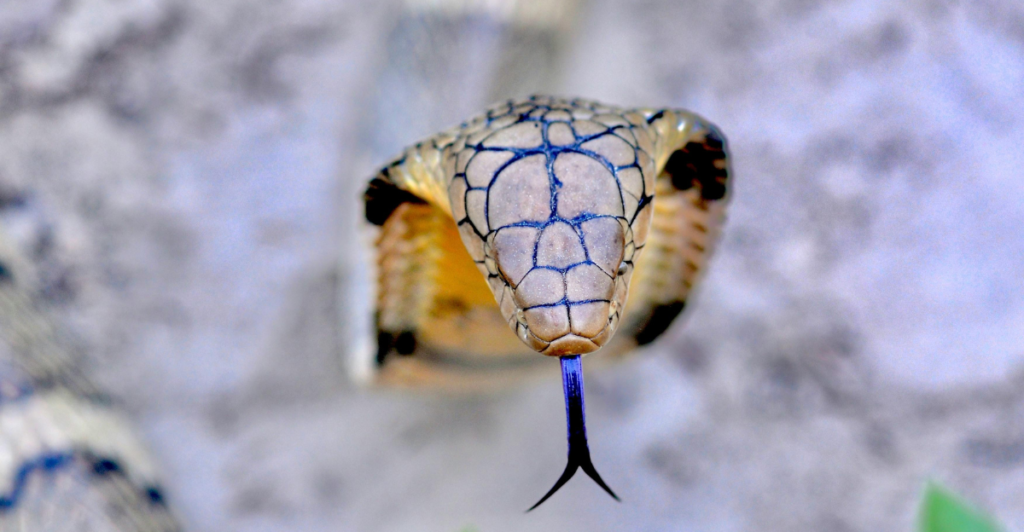
The King Cobra, Ophiophagus hannah, has four main subspecies that have been recognized by scientists following this recent discovery. Each of these subspecies is found in different parts of India and Southeast Asia, where they have adapted to varying environmental conditions. The four types are distinguished by their size, color, and, most importantly, their genetic differences. The first and most common type is the Indian King Cobra, which is predominantly found in the forests and wetlands of India, stretching from the southernmost parts of Kerala to the northeastern states like Assam. This subspecies is known for its relatively large size, often reaching up to 18 feet in length. The Indian King Cobra is characterized by its dark olive or brownish coloration, with a lighter, almost yellowish underside. It is the most studied of all the King Cobra subspecies, and it is the focus of much of Gowri Shankar’s research.
The Indonesian King Cobra
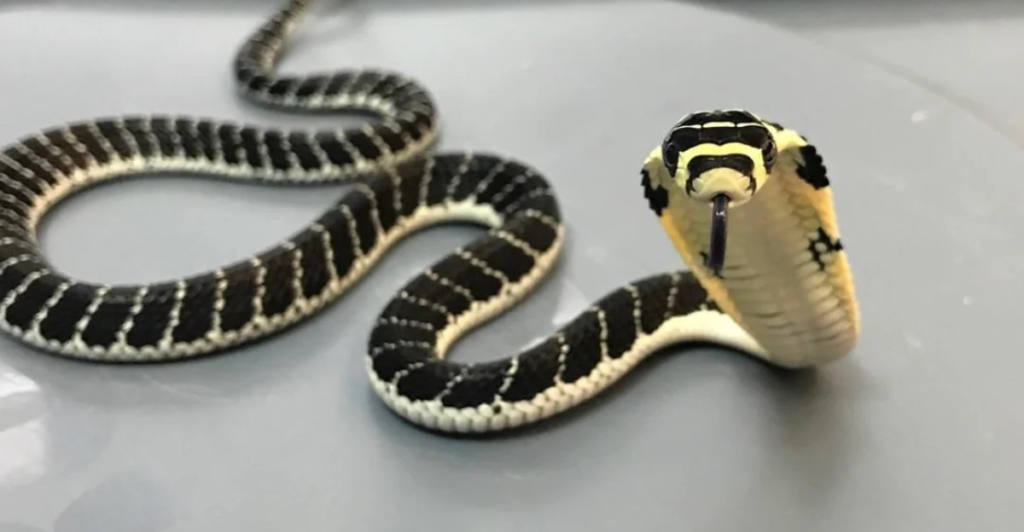
Next is the Indonesian King Cobra, which is native to the islands of Indonesia, particularly Sumatra, Borneo, and Java. This subspecies is slightly smaller than its Indian counterpart but is no less formidable. The Indonesian King Cobra typically displays a more vibrant hue, with a mixture of greens and yellows across its scales. Shankar’s research revealed that the genetic makeup of this subspecies is distinct due to the isolation of the Indonesian archipelago, resulting in a unique evolutionary path. The Indonesian King Cobra’s venom and behavior differ slightly from other subspecies, and it has adapted to the dense rainforests and island ecosystems it inhabits.
The Southeast Asian King Cobra
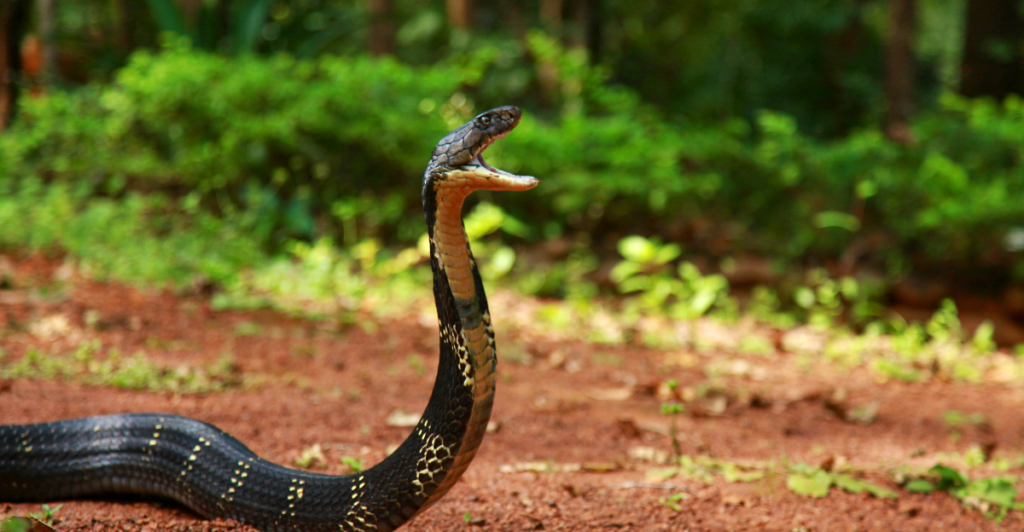
The third subspecies, the Southeast Asian King Cobra, is found across Thailand, Cambodia, Laos, and Vietnam. This type of King Cobra tends to exhibit a darker, more uniform coloration, often appearing black or dark brown with subtle hints of yellow. The genetic makeup of this subspecies shows significant divergence from its Indian and Indonesian relatives, reflecting the unique environmental pressures of mainland Southeast Asia. As Shankar’s research indicated, the Southeast Asian King Cobra has developed certain physiological traits to thrive in both the jungles and coastal regions of the region, where the temperature and humidity fluctuate drastically.
The Southern Thai King Cobra
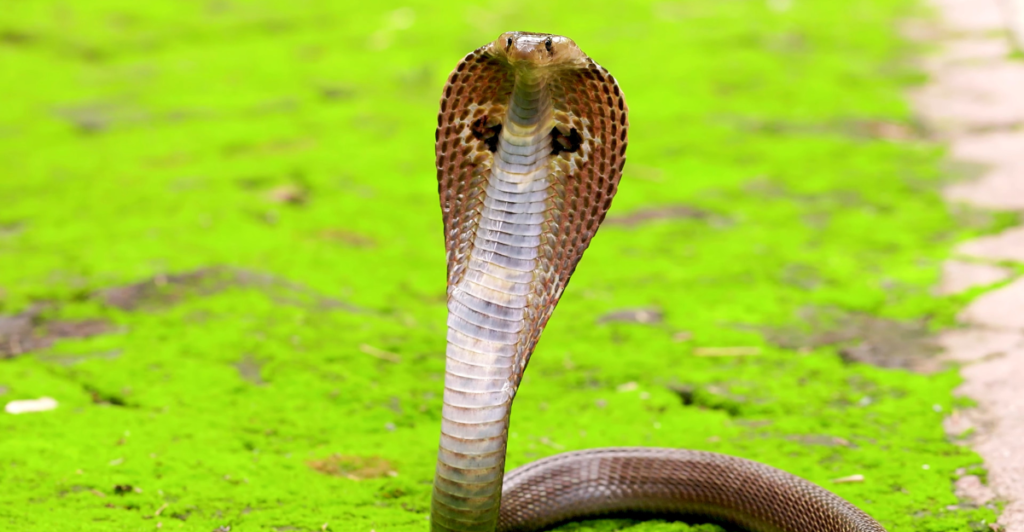
Finally, the Southern Thai King Cobra is found specifically in the southern parts of Thailand, particularly in areas close to the Malaysian border. This subspecies is distinct due to its smaller size and lighter coloration, often a pale yellow or beige with dark markings along its body. The Southern Thai King Cobra has long been considered a variation of the Southeast Asian type, but recent genetic studies by Shankar’s team have confirmed that it is, in fact, a separate subspecies. The discovery of its genetic divergence has provided new insights into the population dynamics and behavior of King Cobras in the southern regions of Southeast Asia.
The Role of Genetic Research
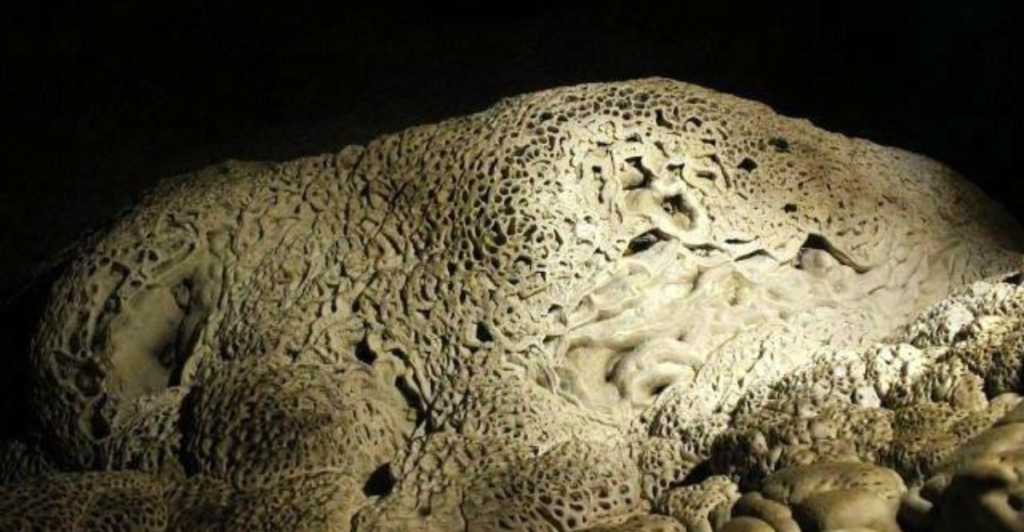
The discovery of the four subspecies of King Cobra was made possible through advanced genetic research, which allowed Shankar and his team to unravel the complexities of the snake’s evolutionary history. By comparing the mitochondrial DNA from various populations of King Cobras, the researchers were able to track genetic mutations that indicated distinct evolutionary branches. These findings have helped to settle the debate over whether the King Cobra is a single, uniform species or if its diverse populations represent different subspecies, as Shankar’s research now confirms.
What The Results Say
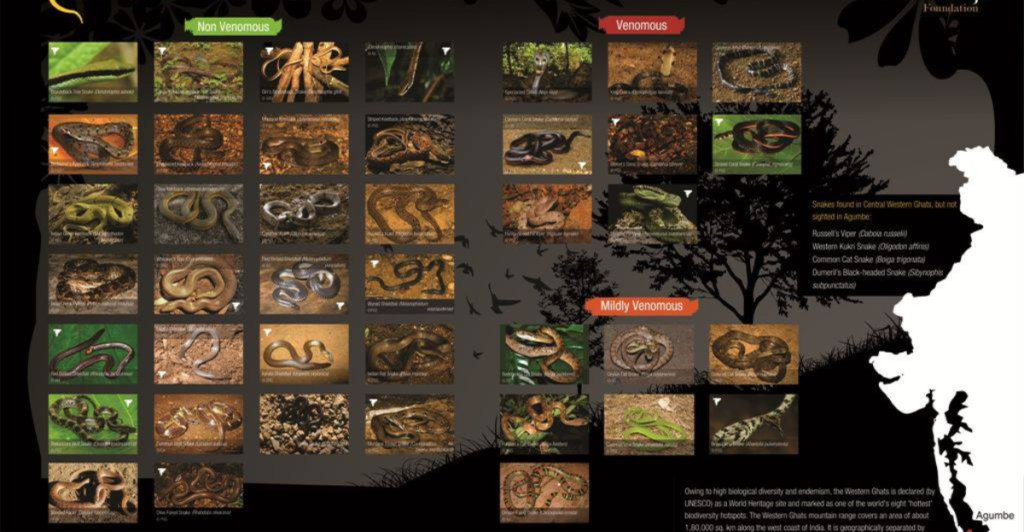
The importance of mitochondrial DNA in this research cannot be overstated. Unlike nuclear DNA, which is inherited from both parents and can be more complex, mitochondrial DNA is passed down only through the mother, making it easier to trace lineage over long periods. Shankar’s team conducted DNA analysis on over 200 samples taken from King Cobras across their range, allowing them to map out the evolutionary history of the species in unprecedented detail. This research is a landmark achievement in the study of venomous reptiles and sets the stage for further investigations into the conservation of the King Cobra and its ecological role.
Conservation Efforts in India and Southeast Asia
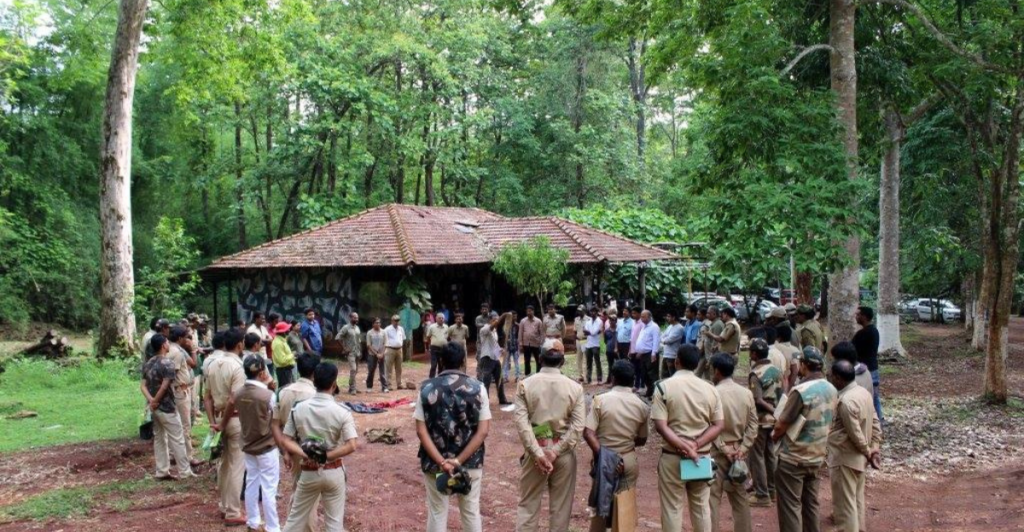
Shankar’s findings also have significant implications for conservation efforts aimed at protecting the King Cobra. As the species faces increasing threats from habitat loss and human encroachment, understanding the genetic diversity within different populations is essential for ensuring their survival. The findings suggest that conservation efforts should be tailored to specific subspecies, as their genetic and environmental needs may differ.
Keeping Snakes Safe
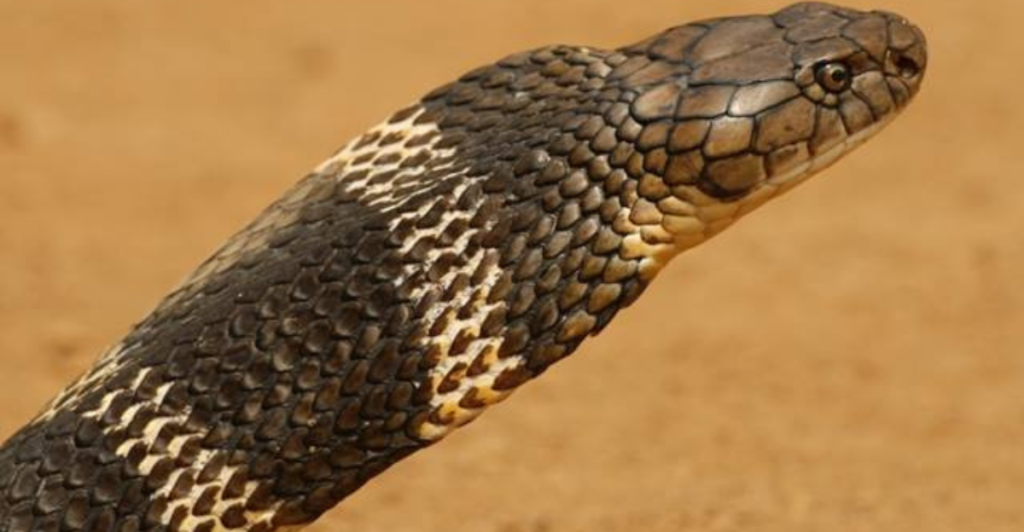
In India, where the Indian King Cobra is most commonly found, efforts have been made to protect its natural habitat, particularly in the Western Ghats and northeastern regions. However, much work remains to be done to preserve the areas where King Cobras roam. In Southeast Asia, conservation challenges are compounded by deforestation and human-wildlife conflict, particularly in Thailand and Indonesia. By understanding the genetic variations among the subspecies, conservationists can develop more effective strategies for safeguarding these reptiles and their habitats.
The Ecological Importance of the King Cobra
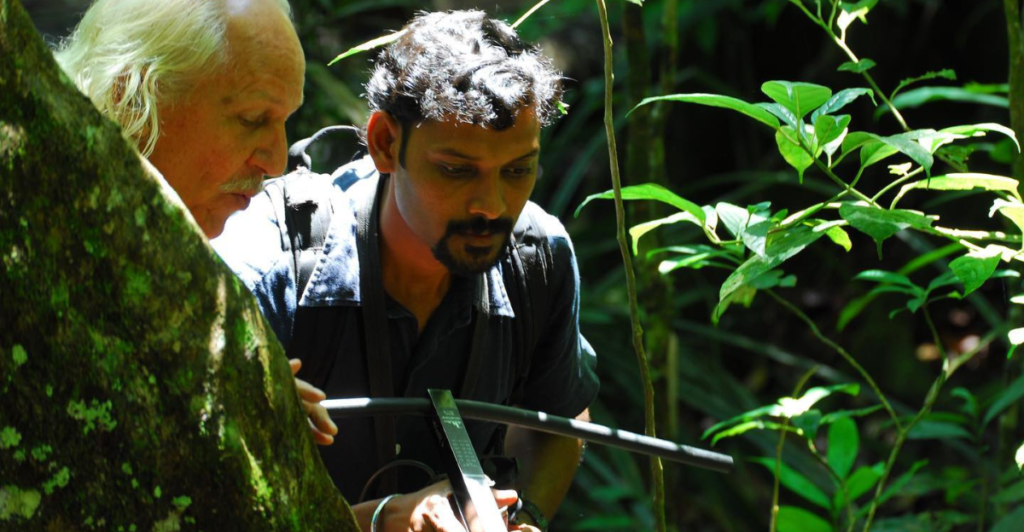
The King Cobra plays a critical role in maintaining the ecological balance of its habitats. As an apex predator, it helps control the populations of smaller reptiles and rodents, thereby regulating the food chain. Its diet primarily consists of other snakes, including venomous species, which further underscores its importance in keeping ecosystems in check. Gowri Shankar’s research has highlighted the King Cobra’s role in maintaining biodiversity, and its conservation is now seen as vital not only for the species itself but also for the overall health of its ecosystems.
Looking Ahead: Future Research and Discoveries

While Shankar’s work has provided a comprehensive understanding of the King Cobra’s genetic makeup and subspecies, there is still much to learn about this mysterious snake. Future research will focus on the behavioral differences among the subspecies, as well as how they interact with their environment. Studies into the King Cobra’s venom, which is among the most potent in the world, could yield valuable information for medical science, particularly in the development of antivenoms and pain management therapies. Furthermore, researchers will continue to investigate the King Cobra’s social behavior and reproductive patterns, as these factors can vary widely between subspecies. Gowri Shankar and his team are already planning expeditions to some of the more remote regions of Southeast Asia to study these aspects in greater detail, with the hope of uncovering even more secrets about this remarkable species.
The Undisputed King Cobra
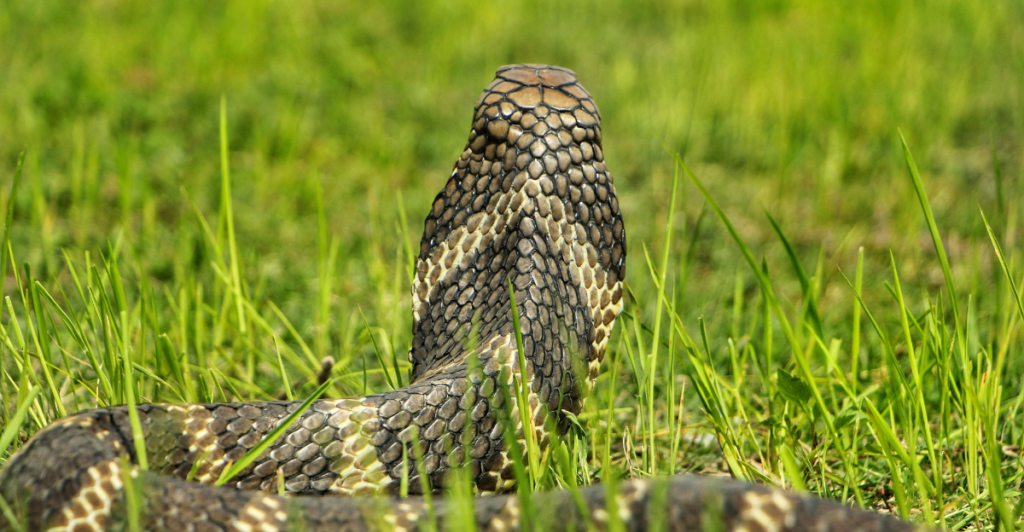
The recent breakthrough in understanding the King Cobra’s genetic diversity marks a turning point in the study of this fascinating creature. Through the tireless efforts of Gowri Shankar and his team, scientists have finally solved the 188-year-old mystery surrounding the King Cobra’s evolutionary history. With this knowledge, we can better appreciate the complexities of this apex predator and take more informed steps toward its conservation. As research continues, the King Cobra’s story is far from over, and its legacy will undoubtedly continue to captivate the scientific community for years to come.
Discover more of our trending stories and follow us to keep them appearing in your feed

Deepest Hole On Earth Permanently Sealed After 2 Billion Year Old Discovery
The ‘Dragon Head’ Hominid Discovery in China Challenging the Out of Africa Theory
The Biggest Snakes in the United States – How Many Have You Seen?
World’s Rarest and Most Elusive Snakes – Have You Seen Any?
Stay connected with us for more stories like this! Follow us to get the latest updates or hit the Follow button at the top of this article, and let us know what you think by leaving your feedback below. We’d love to hear from you!







